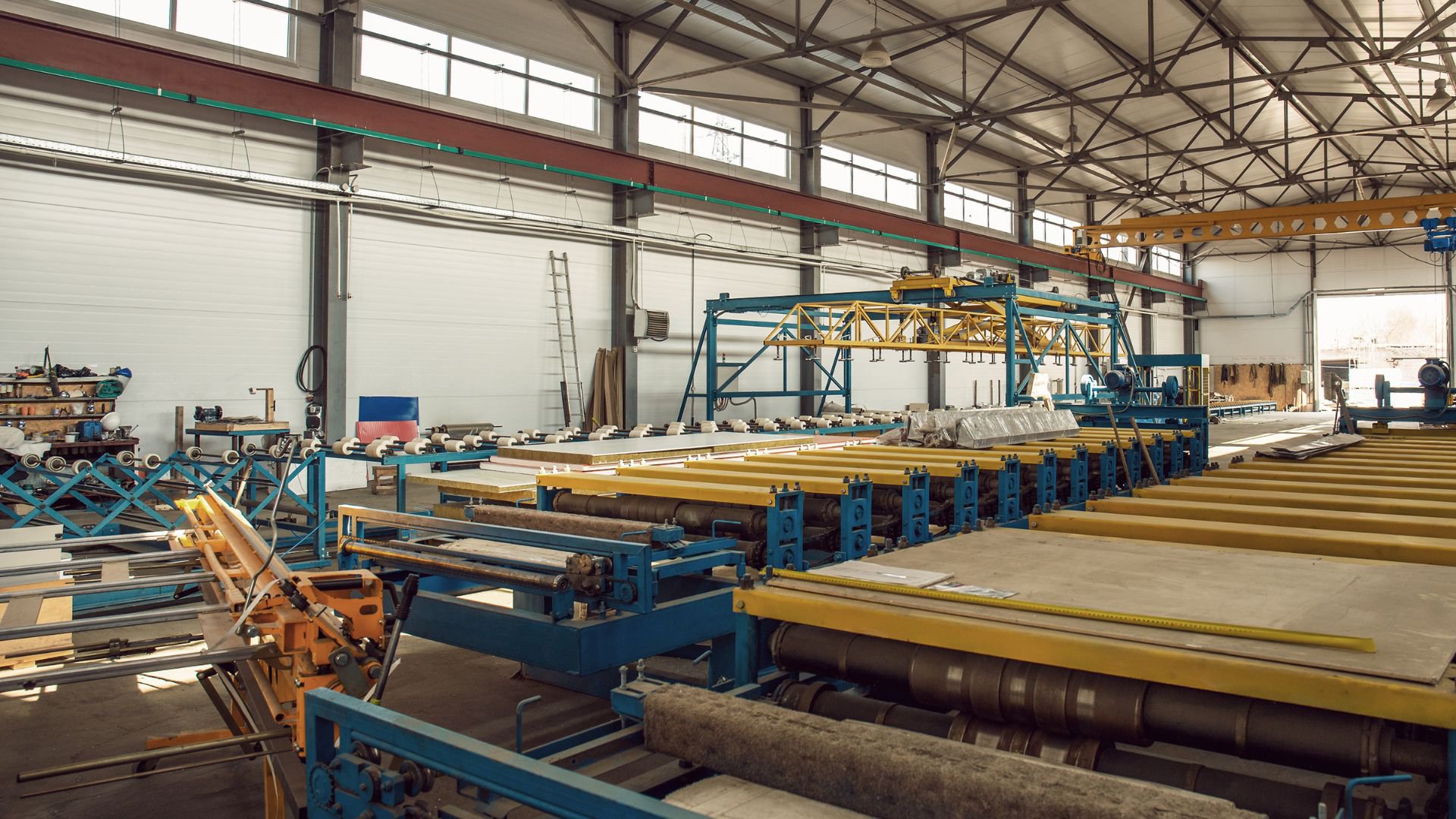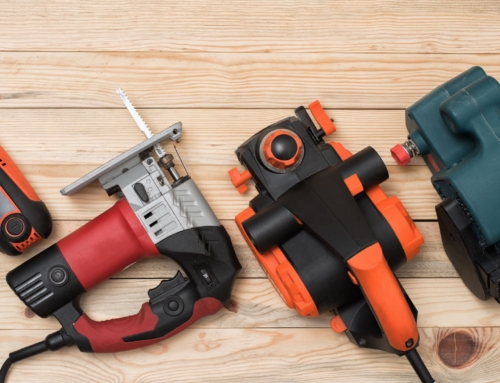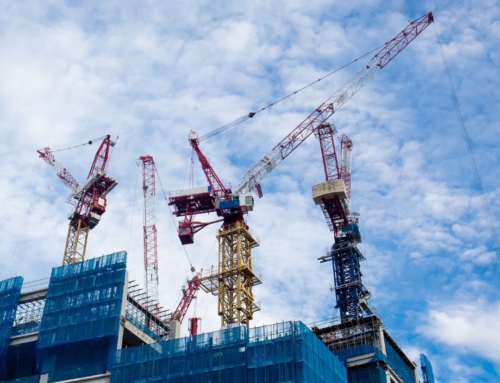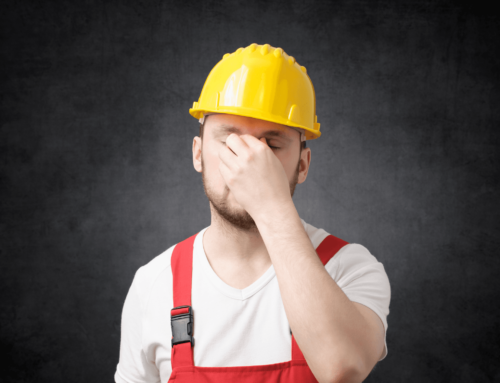Modern Methods of Construction (MMC) are new ways of designing and building structures that are faster, safer and more efficient than regular methods. MMC is becoming increasingly popular in the UK, particularly in the housing market. This is because of its efficiency, cost-effectiveness and speed. It provides housing developers with a quick, quality and therefore cost-effective way of producing homes. In this article, we will explore the advantages of MMC, the various types of MMC available and any potential challenges.
The Benefits of Modern Methods Of Construction
MMC offers significant advantages when it comes to time to completion. We can dramatically reduce construction time by designing and manufacturing components off-site, then quickly assembling them on-site. The construction process's efficiency and reduced labour requirements complete projects faster and at a lower cost.
Another benefit of Modern Methods of Construction is that it can lead to lower costs. MMC can streamline the construction process, resulting in lower costs and faster completion times. By manufacturing components off-site and then assembling them on-site, builders can save time and money. In addition, bulk production of components in a controlled environment leads to lower material costs per unit. All of this adds up to a more efficient construction process with reduced labour costs.
MMC controls the environment in which they manufacture and test components to guarantee a higher quality of construction that meets quality standards, preventing defects and issues that traditional building methods cause. By mass-producing components to the same standards, we reduce waste, environmental impact, and promote sustainability and greater consistency in quality, enabling them to be reused and repurposed.
Modern methods of construction used today in the UK
In the UK, several modern methods of construction are being used, such as:
1. Offsite Manufacturing:

The factory produces building components, such as walls, floors and stairs, for offsite manufacturing and transports them to the construction site for assembly, similar to modular construction but without assembling them into modules.
For many years, the UK has employed offsite manufacturing for pre-cast concrete sections. Recently, they have extended its use to other building components such as steel frames, timber structures and insulation panels.
This modern methods of construction offers a number of benefits, including faster construction times and therefore reduced labour costs, improved quality control and reduced waste. In a factory environment, we reduce the chances of errors by producing components.
2. Modular Construction:

Modular construction is another form of Offsite Construction in that it involves the manufacture of building components in a factory, followed by their assembly at the construction site. Assembly of components creates more of a finished product in Modular Construction, significantly reducing construction times. Site preparation can occur concurrently with module production, allowing for quick assembly upon arrival at the site.
Property Investments UK estimates that in the UK about 15,000 modular homes are built yearly, as modular construction has been gaining popularity and a number of major projects have used this approach.
One of the main benefits of this modern methods of construction is its ability to reduce waste and increase efficiency. Since the modules are produced in a controlled factory environment, there is less chance for errors and wastage, and the construction process can be completed in a much shorter time-frame. According to an article by Show House Magazine, Ilke Homes can manufacture a modular home in as little as six days.
3. Prefabricated Construction:

Prefabricated construction is a type of offsite construction. Structures that are designed and manufactured in a factory are referred to as prefabricated. Both modular and offsite construction come under prefabricated construction.
4. Timber Frame Construction:

This modern method of construction uses a timber frame structure as the primary structural element. This approach involves constructing a frame out of timber and then filling it with insulation and other materials. It is a great option for residential and commercial buildings, as it offers greater design flexibility and is faster, more efficient and more sustainable than other construction methods.
5. Light Gauge Steel (LGS) Framing:

Constructing walls and floors offsite, installers use Light Gauge Steel (LGS) framing as a similar method to timber framing. On site, the frame is filled with insulation and other materials.
LGS framing is an ideal choice for larger projects due to its strength and versatility. It is more efficient and cost-effective than traditional building methods, as it requires fewer materials and less labour. Furthermore, light gauge steel framing can create higher quality buildings, as the frame can be tailored precisely to the project's needs, which is the same for timber framing.
6. 3D Printing:

In the UK, 3D printing is becoming an increasingly popular modern method of construction. This technology involves using a 3D printer to create components from various materials like plastic, metal, and concrete. It is especially useful for small and intricate parts due to its precision and accuracy. Furthermore, it is more economical than traditional construction techniques as it requires less material and labour.
3D printing can create higher quality buildings because it enables the frame to be manufactured precisely to the project's requirements, like other modern methods of construction.
The Challenges With Modern Methods Of Construction?
MMC poses some challenges in spite of its benefits. One of the key issues with modern methods of construction is the need for precision planning and design. As components are manufactured off-site and then transported to the site for assembly, it is essential to ensure that they will fit together without any issues. Furthermore, due to its increased automation, there is a requirement for more detailed planning and design to make sure that all parts are made accurately.
Supply chain and logistics present an additional challenge to MMC. To overcome these challenges, it is important to have a reliable supply chain and logistics network in place, with clear communication between the parties involved. Ensuring the team onsite, is ready to take the components that have been manufactured offsite. Ensuring that components are produced to the required standard and delivered on-time requires a good relationship with suppliers.
There is also a shortage of skilled labour when it comes to modern methods of construction (MMC). Workers need to be knowledgeable and trained in order to effectively use these techniques, which involve more automation, as well as the use of new materials and processes. Furthermore, it can be difficult to find trustworthy suppliers since the components must meet certain quality criteria.
Transportation could be an issue due to the size and weight of the components being manufactured and delivered.
In Summary
The advantages of Modern Methods of Construction (MMC) are clear: shorter build times, lower costs and improved quality. To ensure modern methods of construction are effective, cost-efficient and sustainable in the UK, it is essential to address its challenges head-on. These include increased planning and design needs, supply chain and logistics issues, as well as a shortage of skilled labour. Only then can MMC provide its benefits.







